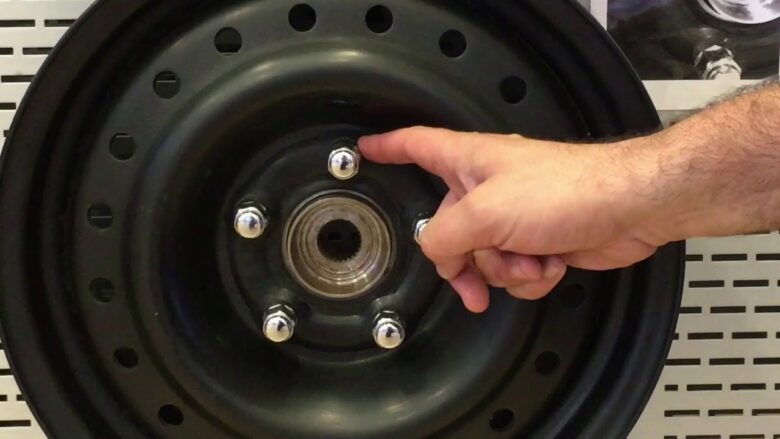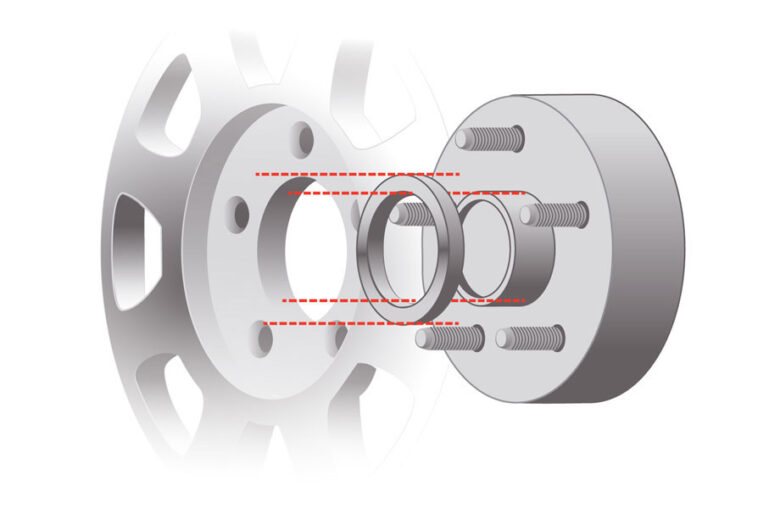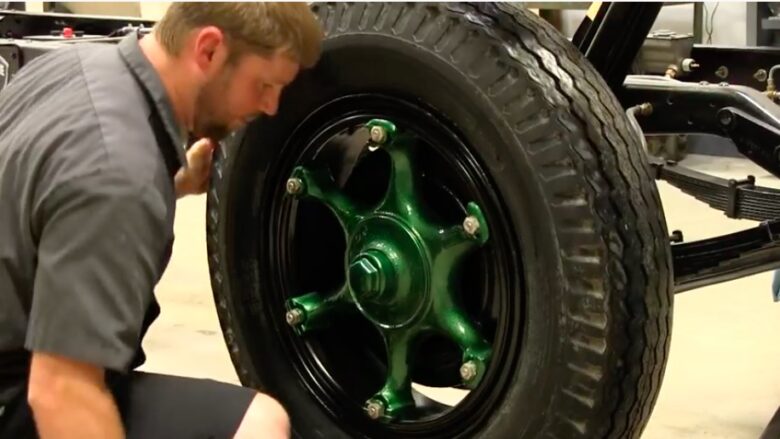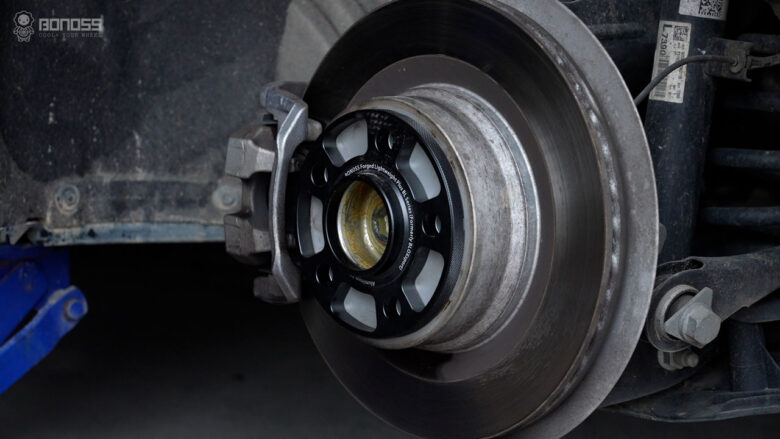Despite the variety of wheels, there are only two mounting methods — hub-centric and lug-centric. Knowing exactly what mounting type your car has is important if you decide to switch to aftermarket wheels or add spacers.
When it comes to mounting wheels on your vehicle, there are two primary methods: hub-centric and lug-centric. Both methods have their advantages and disadvantages, and it can be difficult to determine which one is better. In this article, we’ll delve into the differences between these two methods and explore which one may be more suitable for your needs.
What is Hub-Centric Wheel Mounting?

Source: wheel-size.com
Hub-centric wheel mounting is a method of attaching wheels to a vehicle’s hub using a center bore machined into the wheel that fits snugly onto the hub. This ensures that the weight of the vehicle is carried by the hub and not solely by the lug bolts, resulting in a more stable and secure ride. If you look closely at the wheel, you will see that there is no gap between the wheel and the hub. Read more on wheelssize.com.
One advantage of hub-centric wheel mounting is improved balance and reduced vibration, as the wheels are centered precisely on the hub. However, the disadvantage is that it can be more difficult to mount or remove wheels than with a lug-centric mounting. Some examples of vehicles that use hub-centric wheel mounting include BMW, Mercedes-Benz, and Porsche models.
What is Lug-Centric Wheel Mounting?

Source: youtube.com
Lug-centric wheel mounting refers to a method of attaching a wheel to a vehicle using lug nuts that secure the wheel onto the hub. The lug nuts are tightened in a specific sequence and torque specifications to ensure the wheel is securely fastened to the hub. This method is commonly used in passenger vehicles and light trucks.
Among the advantages of lug-centric wheel mounting is a relatively easy and quick installation process. Additionally, it allows for more flexibility when selecting wheels, as most aftermarket wheels are designed for this type of mounting. However, one disadvantage is that it can lead to uneven wear on the tires if not installed properly or if the lug nuts are not torqued correctly.
Many popular vehicles like Honda Civic, Toyota Camry, and Ford F-150 use lug-centric wheel mounting. It is also common in many European cars, such as BMW and Mercedes-Benz.
Comparison of Hub Centric and Lug Centric Wheel Mounting

Source: wheelsuppliers.com
When it comes to choosing the best fitting wheel mounting method, there are several factors that should be taken into consideration. One important factor is the type of vehicle or equipment being used, as certain mounting methods may be better suited for specific applications. Another key consideration is the size and weight of the wheels in question, as this can impact both the effectiveness and safety of different mounting methods. Ultimately, the choice between these two methods will depend on a combination of cost, ease of installation, and overall durability:
Cost
Hub-centric wheel mounting systems are generally more expensive than lug-centric systems. This is because they require precision machining of the wheels and hubs to ensure a tight fit, which adds to the cost of manufacturing. Lug-centric systems, on the other hand, are less complex and less expensive to produce.
Ease of Installation
Hub-centric systems are generally easier to install than lug-centric systems. This is because the wheels are designed to fit precisely onto the hub, which makes aligning the bolts easier. Lug-centric systems, on the other hand, require more careful alignment of the wheel to ensure proper seating of the lug nuts.
Overall Durability
In terms of durability, hub-centric systems are generally considered to be more durable than lug-centric systems. This is because the weight of the vehicle is supported by the hub rather than by the lug nuts. This reduces the stress on the wheel and the studs, which can help prevent damage over time. Lug-centric systems, on the other hand, can be more prone to warping or damage if the lug nuts are not tightened properly.
Which Wheel Mounting Method is Better?

Source: bangshift.com
Neither is actually better in a broad sense. But you can certainly tell if lug-centric or hub-centric wheels work better for you personally, depending on your expectations and needs. Both are great, but one or the other can really shine in certain situations:
Vehicle type: Some vehicles are designed to work better with hub-centric systems, while others may be better suited to lug-centric systems.
Driving conditions: If you frequently drive on rough terrain or in harsh weather conditions, a hub-centric system may be more durable and provide better stability than a lug-centric system.
Wheel type: Some types of wheels, such as aftermarket or custom wheels, may only be compatible with one type of system or the other.
Cost: Hub-centric systems are generally more expensive than lug-centric systems due to their precision machining and design.
Ease of installation: Hub-centric systems are generally easier to install, while lug-centric systems may require more careful alignment of the wheel to ensure proper seating of the lug nuts.
Can You Switch from Lug-Centric to Hub-Centric Wheels & Vice Versa?

Source: bonoss.com
It is possible to switch from lug-centric to hub-centric wheels or the other way around, but it may require additional modifications and parts. It’s worth noting that not all wheels can be converted from lug-centric to hub-centric or vice versa, and it’s important to consult with a professional mechanic or wheel specialist to ensure a proper fit and safe installation.
To switch from lug-centric to hub-centric wheels, you will need to install hub-centric rings that fit tightly over the hub and reduce the center bore of the wheel to match the hub diameter. This will ensure a proper fit and help distribute the weight of the vehicle evenly across the hub. Without hub-centric rings, the wheel will be supported only by the lug nuts, which can lead to uneven wear and tear and potential safety issues.
To switch from hub-centric to lug-centric wheels, the first step is removing your current hub-centric rings and replacing them with optional lug-centric adapters. These adapters are designed to fit over the hub and provide a new center bore that matches the lug-centric design of the wheel. Lug-centric wheels rely solely on the lug nuts to support the weight of the vehicle, so it’s important to make sure the lug nuts are properly tightened and torqued to prevent damage or safety issues.
